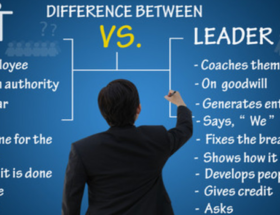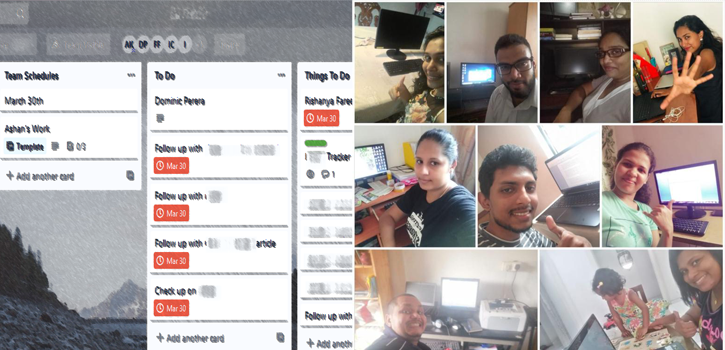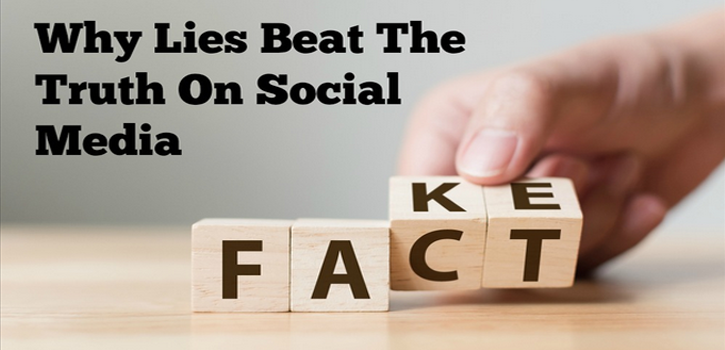A Press Release is an official announcement issued to media regarding a product launch, new event, re-branding, new partnership, etc. It is alternatively called as a Press statement, News release, Media release, etc. In general, Press Releases are page long write-ups that carry a catchy heading and newsworthy facts. There are few key ingredients that need be used in PR writing, which help to achieve the exact purpose of running a PR.
We will discuss in detail, the basic format for writing a Press Release and the importance of each component.
Headline
The first thing that grabs the attention of a reader is the heading. It is the title of your PR and needs to contain the main purpose and summarize the core message in a single short sentence. Writers pay more attention to the heading and spend a fair bit of time on it in order to make it compelling as much as possible. In that, they expect to grab the readers’ attention and ideally want them to go on reading the rest of the article. Avoiding unnecessary usage of articles such as ‘a,’ ‘the’, etc helps to make the heading shorter and also reader-friendly.
Subheading
A subheading is not mandatory in a PR, but most writers tend to include a subheading communicating the secondary messages which need to be highlighted as well. Similar to a heading, a subheading needs to be concise and written in a smaller font size to that of the heading using Italic. Instead of a subheading, writers can even summarize the core messages in points. You may have come across two or three core messages appearing in points form in Newspaper articles.
Dateline
In customary PR writing, the date and release city is included after the heading and subheading in the left corner. The dateline format may differ from company to company, but in most cases, a date line is included. Some companies in their PR formats include a note saying “For immediate release”.
Body of the PR
The number of paragraphs a PR contains may differ. PR specialists advise to limit the PR to 3-4 key messages in order to make it less heavy for the readers. The first paragraph can further entice the reader to the PR with a good introduction. The first paragraph addresses the 5 W’s and H which cover the key facts of the PR. In each of the following paragraphs, you can describe the key messages in detail.
Quote/s
This is an opportunity to further support your story with a strong statement from a company spokesperson. A quote is often a remark made by a company CEO or a top level individual. A PR can include more than one quote written in different angles. Including a quote also helps in leveraging the marketing aspect of the PR.
Boilerplate/ about section
Most companies tend to have a regular and an updated boilerplate which they use in all their Media releases. The boilerplate includes a summary of the company or organization which runs the PR. Included at the bottom, the about section is of less importance compared to the key messaging paragraphs. Even though the about section may not carry in a News Paper due to space availability, it can appear in online media. So you are not at a disadvantage if you include a boilerplate.
Contact information
This section contains name, email address and telephone number of a person who can provide more information regarding the PR if the media personnel need more information or any clarification. Contact information is included at the bottom of the PR, but it is not mandatory.
Using these components in an appropriate way can help writers create Press Releases that are not merely news, but also turn out to be great marketing pieces.










